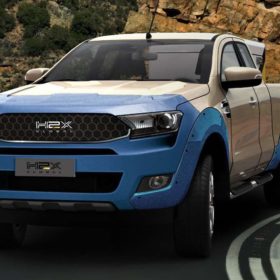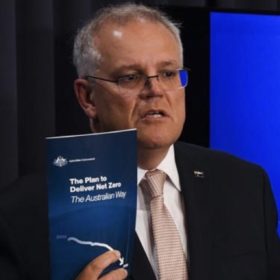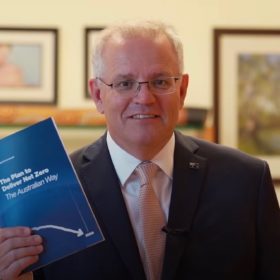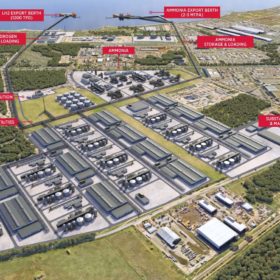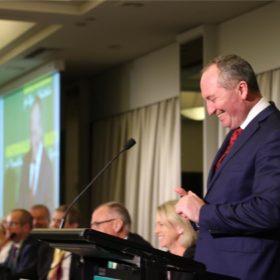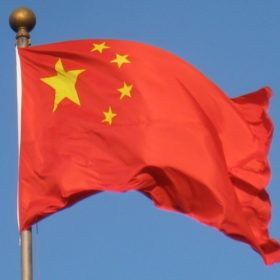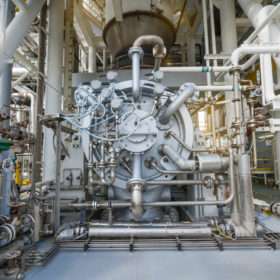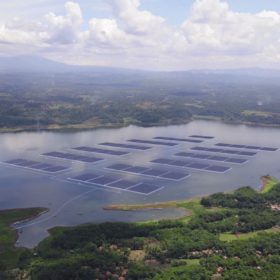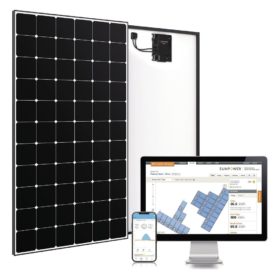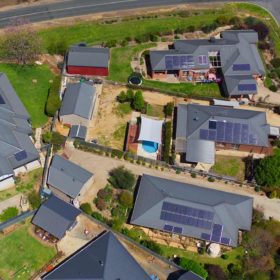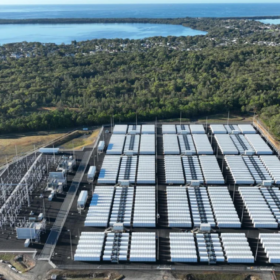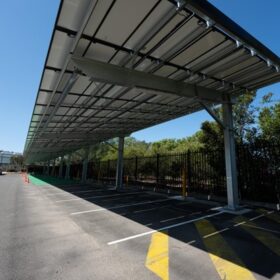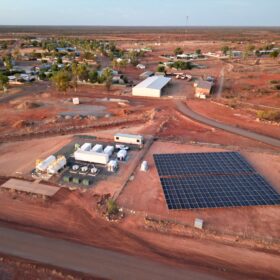Hydrogen fuel cells and equipment to be manufactured in Victoria under new H2X deal
Hydrogen vehicle maker H2X has today announced a deal with Gippsland Circular Economy Precinct which will see the pair manufacture a range of hydrogen-focussed products in Victoria’s Gippsland region. The move comes less than a week after Pure Hydrogen bought a significant stake in H2X Global.
Hilarious, scathing responses to Morrison’s ‘bullsh*t’ plan
Australians are overjoyed at the Morrison government’s strong, detailed plan to get the nation to net zero by 2050… nah, just kidding. In the last 24 hours, the internet has erupted with criticism, scolding everything from the plan’s font, to its copyright date, and mind bogglingly vacancy. Here are some of the best reactions so far…
Australia’s belated net zero 2050 commitment depends upon ‘ultra low-cost solar’
Australia may have finally joined the world net zero party, but it forgot to bring a plate. Considering its lack of policy and dependence on future technologies and cost reductions, the Morrison government’s “plan” is more like a prayer. Nevertheless, a stretch goal of solar generation at $15/MWh is the foundation for Australia’s future.
Woodside’s ‘vague’ hydrogen announcement coincides with major gas expansion
The lack of detail surrounding oil and gas giant Woodside’s hydrogen and ammonia facility in Kwinana announced yesterday has raised suspicions, with groups pointing out the news coincides with the company’s recently approved Scarborough gas project off the Western Australian coast.
Nats not listening: new data ‘rejects’ assumed attitudes of coal communities
While prime minister Scott Morrison’s preparation for COP26 has been shrouded in controversy, a new survey into coal mining communities’ sentiments toward renewable energy reveals widespread support for the transition. The revelation comes as WWF-Australia also released findings from its expert survey, illustrating the federal government’s lack of ambition is considered the main hurdle slowing an otherwise perfectly poised transition.
Will China’s ‘double carbon’ and ‘dual control’ policies drive demand for solar?
Factories suffering from rationed grid electricity could help drive a boom in on-site solar systems, and recent moves to mandate the retrofitting of PV on existing buildings could also lift the market, as analyst Frank Haugwitz explains.
Monetising the power to switch off: Australia’s new demand-response market opened today!
Over recent years, the energy industry has been working hard to provide the structure and a regulatory framework for a market that recognises the value of coordinated demand response. Today marked the second wave — after the opening of the FCAS market in 2017 — of opportunity for organisations to trade their flexible electricity loads on the wholesale electricity market. The resulting efficiency gains are an important piece of the energy transition puzzle.
Sunday read: Indonesia’s largest floating PV project – under the surface
The 145 MW Cirata floating PV project achieved financial close in August. The developers claim that the array, which covers 200 hectares of the water’s surface, is an example of transferring new technology that will pave the way for Indonesia’s solar industry and enable the setting of new policies.
Saturday read: Supplying across, through APAC market segments
One year on from its spinoff from SunPower, cell and module maker Maxeon Solar Technologies is looking to supply both “across and through” the solar market segments in the Asia-Pacific region. Chris O’Brien, the vice president of APAC for Maxeon, says that the region is set to grow in importance among PV marketplaces, with opportunities on the home, business and free field.
Rooftop solar sparks record decline in wholesale power prices
The continued rollout of rooftop solar PV and large-scale wind and solar farms continues to reshape Australia’s electricity market with new data released by the Australian Energy Market Operator revealing that the penetration of renewable energy continues to drive new records in the National Electricity Market.
